These beginner-friendly yoga poses are perfect for you whether you are a beginner with injuries, or experiencing pain. We’ll guide you through a series of yoga poses specifically designed for beginners, helping you build strength, and focus, increase flexibility, and find balance both on and off the mat. Get ready to take your first steps on this path of self-discovery, and join us in embracing the amazing benefits of yoga.

Yoga for Beginners Benefits
Imagine a practice that nurtures your physical body and calms your mind, creating a sense of serenity amid life’s bustling chaos.
1. Strength: The Unveiling of Inner Power
Yoga, often synonymous with flexibility and relaxation, might not immediately conjure images of strength. However, this practice promotes a unique blend of physical and mental strength.
As you navigate through various yoga poses for beginners and sequences, you’ll notice your muscles becoming stronger and your joints becoming more flexible. You’ll also notice your mind gaining the strength to endure challenges on and off the mat.
Yoga teaches us that strength is not just about physical growth but also the courage to embrace vulnerability and explore new frontiers.
2. Focus: Channeling the Mind’s Potential
Yoga is a sanctuary where focus is nurtured. The union of breath and movement gently guides your mind away from clutter, allowing you to be fully present in each moment. As you synchronize your breath with poses, your mind unwinds, paving the way for enhanced concentration and mindfulness.
The focus cultivated on the mat or floor gradually spills into your daily life, empowering you to tackle challenges with clarity and grace.
3. Balance: Navigating Life’s High-Wire Act
Life is a delicate dance of maintaining balance amidst chaos. Yoga equips you with the tools to navigate this high-wire act gracefully. You learn to find stability within yourself through poses that challenge your balance. As your body aligns, so does your mind, fostering an equilibrium far beyond physical posture.
This newfound balance serves as a metaphor for life, teaching you to adapt, divert, and stand firm even in the face of adversity.
4. Pain Relief: Easing Discomfort, Inviting Healing
Whether you have tension nestled in your shoulders or an ache in your lower back, yoga is a soothing practice for your body’s discomfort. The gentle stretches, twists, and mindful movements promote blood flow and flexibility. Beyond the physical, yoga encourages a deeper understanding of pain—urging you to listen to your body and make choices that promote healing.
By fostering a compassionate relationship with your body, you embark on a journey of self-care and nurturing.
Most Effective Yoga Poses for Beginners
A. Best Beginner Yoga Poses for Strength
1. Downward-Facing Dog (Adho Mukha Svanasana)

This pose strengthens the arms, shoulders, back, and legs. To do this pose, start on your hands and knees and press your hands firmly into the floor. Walk your feet back until your body forms an upside-down V shape. Keep your spine long and your core engaged.
2. Warrior I Pose (Virabhadrasana I)
This pose strengthens the legs, hips, and core. To do this pose, start by standing with your feet hip-width apart. Step forward with your right leg and bend your right knee until it is over your right ankle. Keep your left leg straight and your hips square. Reach your arms overhead, keeping your shoulders relaxed.
3. Bridge Pose (Setu Bandha Sarvangasana)
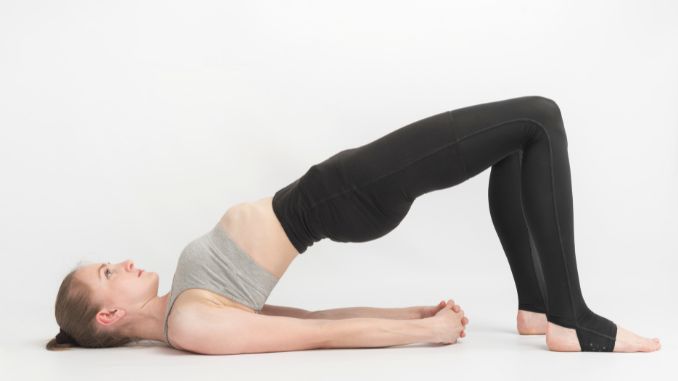
This pose strengthens the back, hips, and thighs. To do this pose, lay on your back with your knees bent and your feet flat on the floor. Relax your arms at your sides and push from your heels to lift your hips off the mat. Press your shoulders down onto the mat and gaze up at the ceiling.
4. Triangle Pose (Trikonasana)
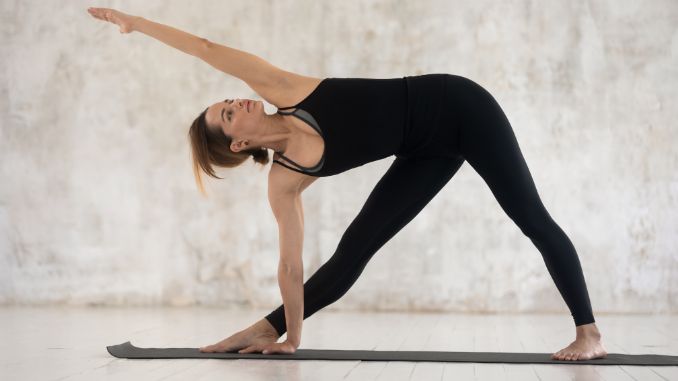
This pose strengthens the legs, hips, and core. To do this pose, start by standing with your feet hip-width apart. Step to the side with your left foot and straighten your left knee, bringing your left thigh parallel to the floor. Extend your right leg straight and reach overhead with your left arm, keeping your arm straight and your right hand firmly planted on the floor. Repeat the movement on the opposite side.
5. Chair Pose (Utkatasana)
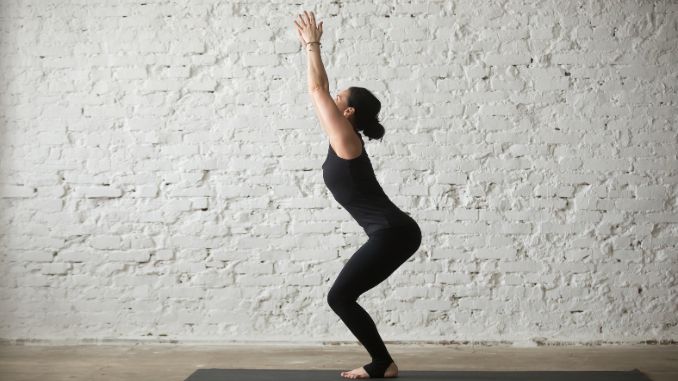
Chair pose is great for targeting the muscles in your legs, particularly the quadriceps, hamstrings, and glutes. Stand with your feet hip-width apart while relaxing your arms at your sides. Inhale deeply and raise your arms overhead with your palms facing each other. Exhale and bend your knees, then lower your hips as if sitting in an imaginary chair. Keep your knees aligned with your toes and your thighs parallel to the floor. Hold the pose for a few deep breaths.
6. Plank Pose (Phalakasana)
This pose targets the core muscles, including the abs, lower back, and shoulders. It helps to build overall upper body strength and stability. Holding this pose requires strength and endurance. Start on all fours. Step back one foot at a time, extending your legs straight and pushing through your toes. Your body should form a straight line from your head to your heels, with your shoulders directly above your wrists. Hold the pose for several deep belly breaths, maintaining proper form. To make this pose more challenging, lower your forearms.
Here are some additional tips for beginners:
- Use props like blocks, cushions, or blankets to help you move into the poses.
- Focus on your alignment and form rather than how long you can hold the pose.
- Breathe deeply and evenly throughout the practice.
- Don’t be afraid to ask your teacher for help.
B. Best Beginner Yoga Poses for Focus and Concentration
1. Tadasana (Mountain Pose)

This is a basic standing pose that helps to improve balance and focus. To do the Mountain pose, start by standing with your feet flat, hip-width apart on the floor, and your arms at your sides. Press down through your feet and lengthen your spine. Gaze forward and breathe deeply.
2. Tree Pose (Vrksasana)
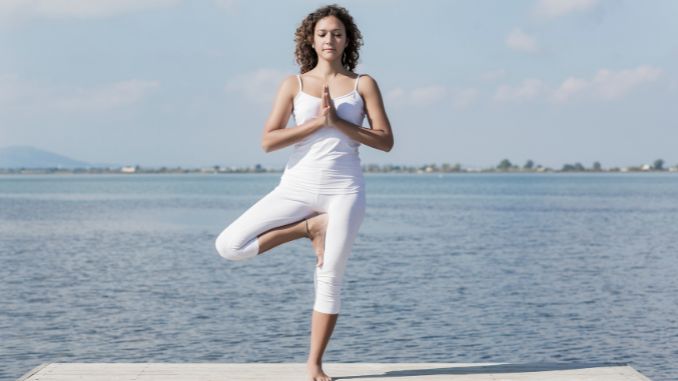
This pose requires balance and concentration. To do Vrksasana, stand with your feet together. Raise one leg and place your foot on the inner thigh or leg of your opposite leg. Keep your gaze forward and your hips square. Hold this position for a few breaths, then repeat the movement on the opposite side.
3. Child’s Pose (Balasana)

This pose is a great way to relax and release tension. To do Balasana, kneel on the floor and sit back on your heels. Lower your forehead to the ground and relax your arms alongside your body or extend your arms overhead. Take several deep belly breaths and allow your body to relax.
4. Seated Forward Fold (Paschimottanasana)
This pose stretches the hamstrings and spine, which helps improve focus and concentration. To do Paschimottanasana, sit on the floor with your legs extended in front of you. Hinge forward from your hips and reach towards your toes.
If you can’t reach your toes, place your hands on your shins or thighs. Breathe deeply and hold for a few breaths.
5. Bee Breathing (Bhramari Pranayama)
This breathing technique is said to help calm the mind and improve focus. To do Bhramari Pranayama, sit comfortably with your eyes closed. Take a deep breath through your nose, and as you exhale, make a buzzing sound like a bee. Continue for a few minutes.
C. Best Beginner Yoga Poses for Balance
1. Mountain Pose (Tadasana)
This is a basic pose that helps build a strong foundation for balance. Position your feet hip-width apart and extend your arms at your sides. Press down through your feet and lengthen your spine. Gaze forward or lower your gaze and focus on your breath.
2. Tree Pose (Vrksasana)
This helps to improve balance and coordination. Stand with your feet together. Bend one knee and plant your foot on the inner thigh of your standing leg. Press down through your standing foot and engage your core. Gaze forward and hold for a few breaths. Repeat the movement on the opposite side.
3. Tabletop Pose (Dandasana)
This pose helps to build strength and stability in the core, which is essential for balance. Move into a 4-point position on the floor by placing your hands beneath your shoulders and your knees under your hips. Engage your core and lift your hips up into the air. Hold for a few breaths.
4. Side Plank Pose (Vasisthasana)

This yoga pose helps to improve balance and core strength. Start in Tabletop Pose, then lift your right arm off the mat. Keep your left hand on the floor and your feet stacked. Hold this position for a few deep breaths. Repeat the movement on the opposite side.
5. Triangle Pose (Trikonasana)
This pose helps to improve balance, flexibility, and strength. Stand upright with your feet in a wide stance. Rotate one foot out to the side. Hinge through your hips to bend your upper body over your pivoted leg. Lower one hand to the floor and extend your opposite arm towards the ceiling. Hold this position for a few deep breaths and repeat the movement on the other side.
D. Best Beginner Yoga for Pain Relief
1. Cat-Cow Pose
This pose helps stretch the spine and relieve back pain. Start on your hands and knees with your back flat. As you inhale, arch your back like a cat, slightly tilting your head upward. As you exhale, round your back like a cow, dropping your head downward. Repeat the sequence of movements.
2. Downward-Facing Dog Pose
This pose helps stretch the hamstrings, calves, and back. Start on your hands and knees. Step back with both feet so that your legs are straight and your heels are hip-width apart. Keep your arms straight and your gaze down towards the floor. Hold this pose for several deep breaths.
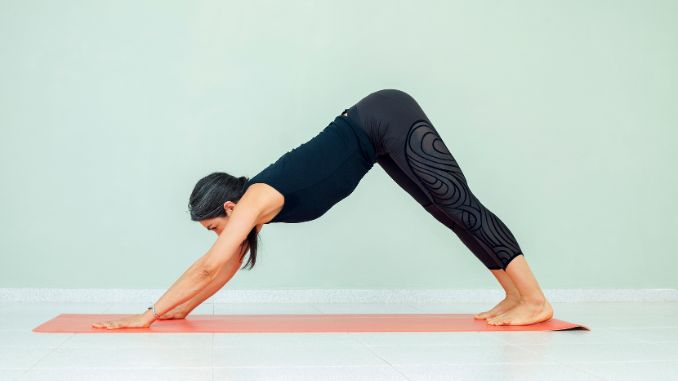
3. Child’s Pose
This pose is a great way to relax and relieve tension in the back and shoulders. Start in a 4-point position, then shift your hips back to your heels. Lower your forehead to the ground and relax your arms at your sides or extend your arms overhead. Hold this pose for several deep breaths.

4. Plank Pose
This pose helps strengthen the core and improve posture. To do this pose, start in a push-up position with your feet hip-width apart and your body in alignment from your head to your heels. Hold this position for several deep breaths.
5. Bridge Pose
This pose stretches the hips and lower back. Lie on your back with your knees bent and your feet flat on the floor. Push from your heels to lift your hips off the ground. Maintain alignment from your shoulders to your knees. Hold this position for several deep breaths.

These are just a few of the many yoga poses for beginners that can help relieve pain and boost strength, balance, and focus. If you are new to yoga, it’s important to start slowly and gradually increase the time you hold each pose. It is also important to listen to your body and avoid any poses that cause pain.
If you are experiencing chronic pain, consult a doctor or physical therapist for a proper diagnosis and treatment plan. Yoga can be a great complementary therapy but not a substitute for medical care.
E. Beginners Yoga for Seniors to Improve Strength, Focus, Balance, and Pain Relief
It’s important for seniors to consult with a healthcare professional before starting any new exercise routine, especially if there are pre-existing health conditions or concerns.
1. Chair Yoga
This is an excellent option for seniors with limited mobility, balance concerns, or difficulty standing for long periods. Chair yoga poses for beginners are modified while seated, so they are still effective at improving balance, strength, and flexibility.
Examples:
-
-
- Seated Cat-Cow
- Seated Forward Fold
- Seated Mountain Pose
-
2. Gentle Yoga
This type of pose is slow-paced and uses gentle movements, making it a good choice for beginners and even for those with physical limitations. Gentle yoga can help improve balance, flexibility, and range of motion.
Examples:
-
-
- Standing Forward Fold
- Chair Pose
- Legs Up the Wall
-
3. Restorative Yoga
This is a type of yoga that focuses on relaxation and stress relief. This also uses props such as blankets and bolsters to support the body comfortably. Restorative yoga can help improve sleep, reduce pain, and boost mood.
Examples:
-
-
- Corpse Pose
- Supported Bridge Pose
- Reclining Bound Angle Pose
-
Here are some specific poses that are beneficial for seniors:
1. Mountain Pose
This is a basic standing yoga posture that helps improve balance and alignment. Stand with your feet hip-width apart, and lengthen your spine. Keep your shoulders relaxed and your head in line with your spine.
2. Chair Yoga Poses
Chair yoga is done while seated on a chair for support. These yoga poses for beginners can help improve balance by focusing on core stability and strengthening the legs. It also helps in relieving pain by stretching and gently mobilizing the joints.
Some examples include:
-
-
- Seated Mountain Pose
- Seated Twist
- Seated Forward Bend
- Seated Tree Pose
- Seated Cat-Cow Pose
-
3. Child’s Pose
This is a gentle resting pose that can relieve lower back pain and promote relaxation. It involves kneeling on the floor and extending your arms overhead while sitting on your heels and lowering your forehead towards the floor. This position gently stretches the hips, thighs, and back, relieving tension and improving flexibility.
4. Corpse Pose
The corpse pose is usually the final pose in a yoga practice. It helps to relax the body and mind. To start, lie on the floor with your legs extended and your arms resting at your sides. Close your eyes and focus on your breath.
Corpse pose is ideal for seniors as it promotes deep relaxation and can help relieve pain and tension. By lying flat on their backs with arms and legs relaxed, seniors can focus on their breath and release any physical or mental stress.
5. Downward-Facing Dog
This is a foundational pose in yoga that helps build strength in the arms, shoulders, and legs. It also stretches the hamstrings and calves, relieving pain and tightness in those areas. This pose can be modified using a wall or chair for support, making it accessible for beginners and seniors.
This pose is excellent for seniors’ overall body strength and balance. Seniors can strengthen their arms, shoulders, and legs by placing their hands and feet on the ground. It also stretches the hamstrings, calves, and back muscles, improving flexibility.
This pose also helps to improve balance as it requires weight distribution between the hands and feet, activating core muscles and enhancing stability.
6. Warrior II
This is a standing pose that helps build leg strength and improve balance. It involves standing in a wide stance, turning one foot out to the side, and bending the front knee while extending the arms out to the sides. This pose helps seniors improve their stability and endurance while stretching their hips and groin.
This pose is beneficial for seniors to improve balance, strength, and focus. It strengthens the legs, particularly the quadriceps and gluteal muscles, enhancing stability and mobility.
Additionally, the pose requires the arms to be extended out at your sides, promoting upper body strength. The focused gaze towards the front hand helps seniors improve concentration and mental focus.
If you are new to yoga, a slow and gradual increase in your practice’s intensity is vital. It is also important to listen to your body and avoid any poses that cause pain.
7. Balancing Pose
Balancing poses, such as Tree Pose or Eagle Pose, and other standing poses require concentration, focus, and stability. Regular practice of these poses can enhance your balance and stability, as they challenge your body’s ability to maintain equilibrium.
As you work to find your center of gravity and stay balanced, you’ll strengthen your legs, core, and feet muscles. This practice also helps improve focus, as you need to concentrate on maintaining your balance while holding the pose.
8. Upward Facing Dog
This backbend pose targets the arms, shoulders, and spine. By regularly practicing Upward Facing Dog, you can enhance your upper body strength, which can contribute to better posture and stability. This pose also opens up the chest and stretches the abdominal muscles, relieving tension and promoting better breathing.
9. Cobra Pose
Like Upward Facing Dog, Cobra Pose also strengthens the arms, shoulders, and spine. It stretches the chest, shoulders, and abdomen, improving flexibility and relieving tension in these areas. This pose can also stimulate the abdominal organs, improving digestion and reducing discomfort. By practicing this pose, you can strengthen your back muscles, leading to better posture and overall body strength.
10. Full Body Stretch
As the name suggests, this exercise involves stretching the entire body. It helps improve flexibility, relieving muscle tightness and enhancing joint range of motion. By stretching regularly, you can improve blood circulation, promoting oxygen delivery and nutrients to your muscles, aiding their recovery, and reducing pain. This exercise also helps release tension and stress, which can improve focus and mental clarity.
11. Breathing Exercises
Breathing exercises, such as deep belly or alternate nostril breathing, have numerous benefits for the body and mind. Practicing breathing exercises can improve focus and concentration, as deep breathing helps calm the mind and enhance mindfulness. Furthermore, proper breathing techniques can enhance lung capacity, increasing the oxygen intake to your muscles and improving their strength and performance.
Can a Beginner Practice Yoga Every Day?
Yes, a beginner can definitely do yoga every day, including yoga poses for beginners In fact, practicing yoga daily can be highly beneficial for beginners as it helps establish a routine, build strength and flexibility, improve balance, and reduce stress. While beginners need to listen to their bodies and not push themselves too hard, a daily yoga workout allows for consistent progress and helps develop a deeper understanding of the practice.
Practicing yoga every day is the opportunity to develop muscle memory and improve technique. With this, beginners can build familiarity with the poses, focus on proper alignment, and work on refining their form. Moreover, practicing yoga daily, including yoga poses for beginners allows you to experience the cumulative benefits of the practice. It’s worth mentioning that beginners may need to start with gentle or beginner-friendly yoga classes or online tutorials to learn the basics and avoid injury. Attending a yoga session or following guided videos from a certified yoga teacher that include yoga poses for beginners can provide beginners with proper guidance, instruction, and modifications for different ability levels.
Conclusion
Integrating these beginner-friendly yoga poses for beginners into your routine opens the door to a world of holistic well-being. Whether you’re a newcomer, dealing with injuries, or seeking relief from pain, yoga offers a transformative journey. By engaging in these poses, you’ll cultivate physical strength, enhance focus, restore balance, and embark on a path of self-discovery. Yoga transcends the yoga mat, infusing its benefits into every aspect of your life. As you take those initial steps, you’re not just embracing yoga – you’re embracing a profound connection between mind, body, and soul.

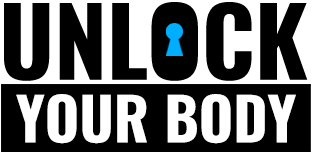
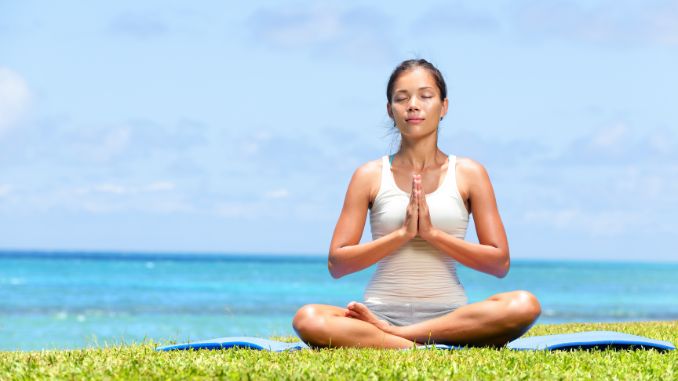

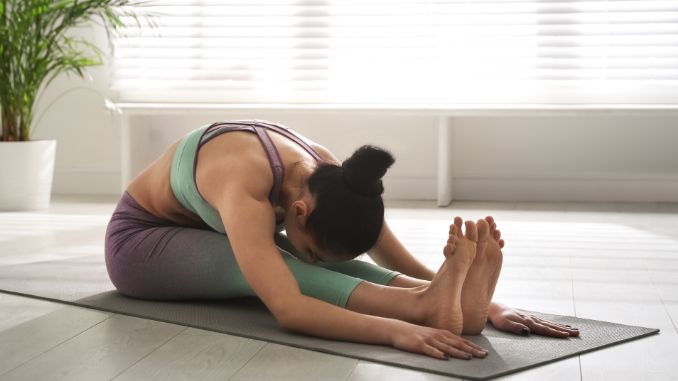
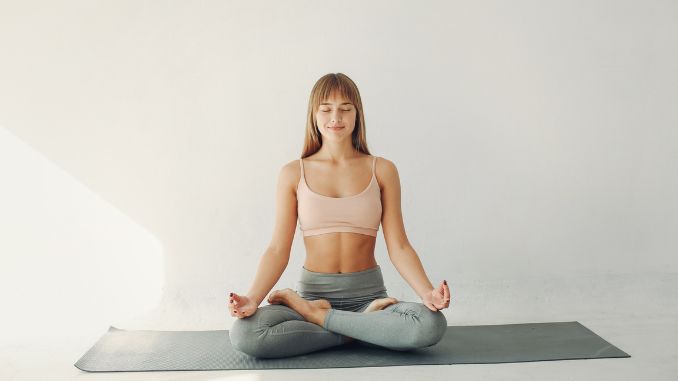


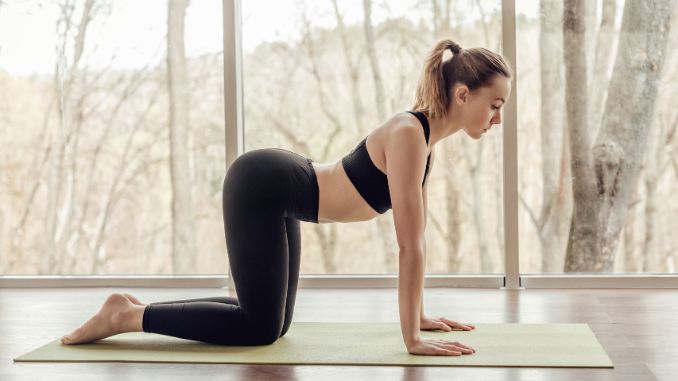
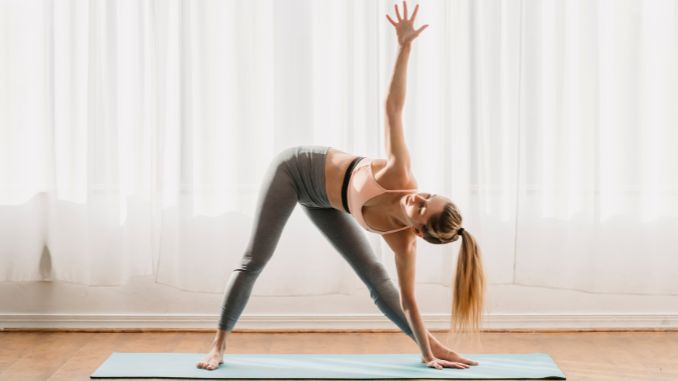





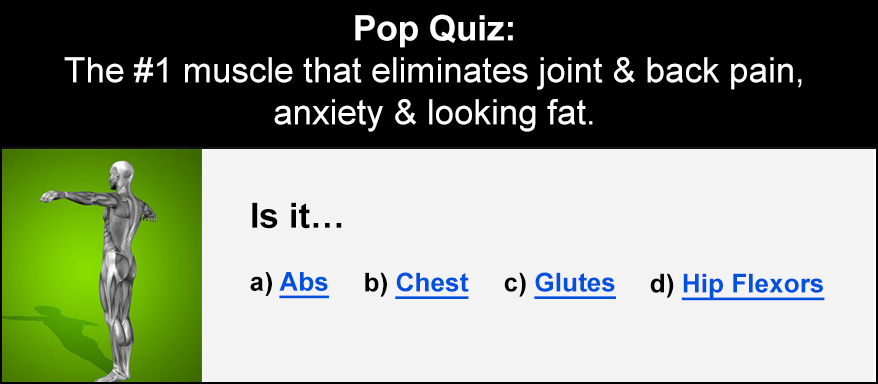


October 24, 2023
excellent. very informative. thanks a lot.
October 24, 2023
Hi Satish, Thank you very much for your feedback. We will continue to provide you with the latest, the best and the most impactful health and wellness information to support you in your path to wellness!